
On the occasion of the two hundredth anniversary of the death of the universally acclaimed artist Antonio Canova, Scala wishes to celebrate his life with a short journey through some of his most important works.
Canova began his training first with his grandfather Pasino, a stonemason in Antonio’s birthplace of Possagno. As his talent became evident he was given the position of apprentice to Giuseppe Bernardi known as Toretti.
Browse the gallery related to Possagno, inside the house-museum, and the Gypsotheca.
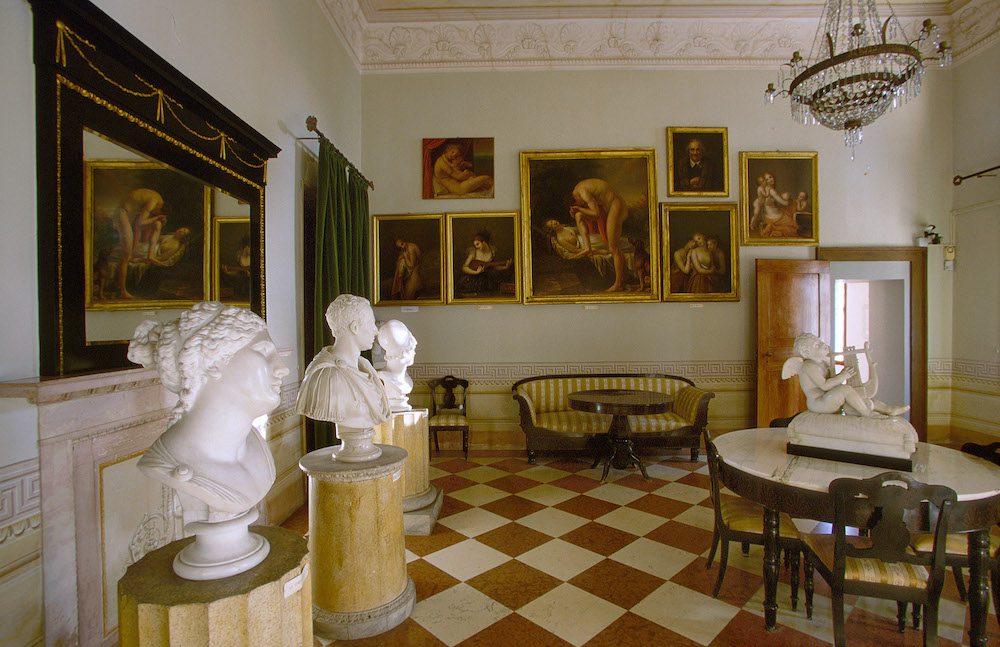
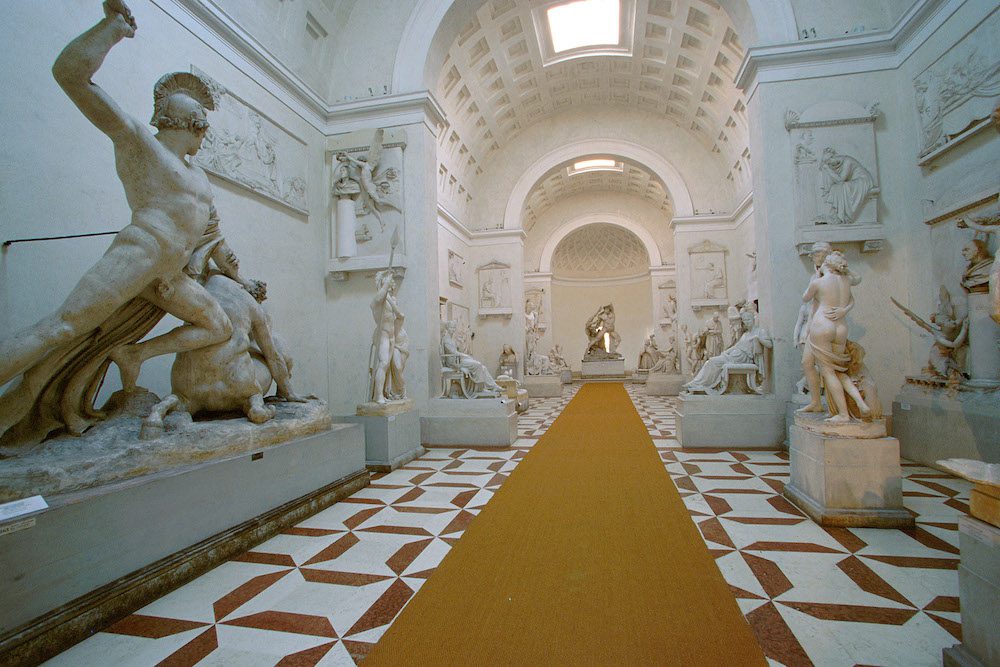
The original plaster models of the sculptures by Antonio Canova are held within the Gypsotheca of Possagno.
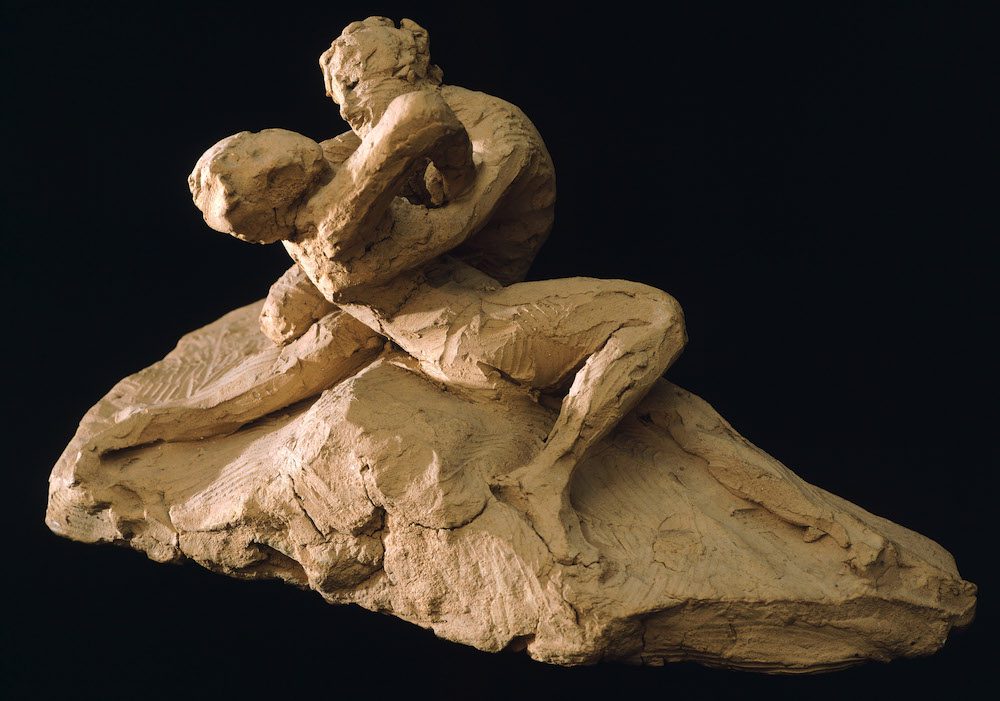
The extraordinary rendition of the bodies of Daedalus and Icarus, the sculptural composition shown at the Fiera della Sensa of Venice in 1777, is a perfect display of the union of manual virtuosity and careful observation of nature and of the psychology of the characters; as such this work by the the young Canova is a masterpiece of Italian Neoclassicism.
The worried face of the father who tries to make sure the wings are firmly on the arms of his son is extraordinary.
Canova realized this extraordinary masterpiece when he was only twenty years old and it is the foundation for his subsequent career. Thanks to the payment agreed to by the rich Pietro Vettor Pisani, Canova managed to move to Rome and to complete his training by observing first hand classic works of art.
Many are the themes addressed by Canova in his works, from religious subjects to funeral monuments, such as that commissioned by Duke Albert of Saxony to honor the memory of his wife, Maria Cristina of Austria, daughter of the Empress Maria Theresa.
In front of a white pyramid, more than five meters high, a group of figures proceeds towards an open and dark passage, giving way to an empty nothingness, to a void beyond the shape.
On the lintel of the entrance is the writing: uxori optimae Albertus (‘Alberto to his excellent wife’).
Canova also made many portraits of the nobles of the time and, through his chisel, depicted them as mythological characters.
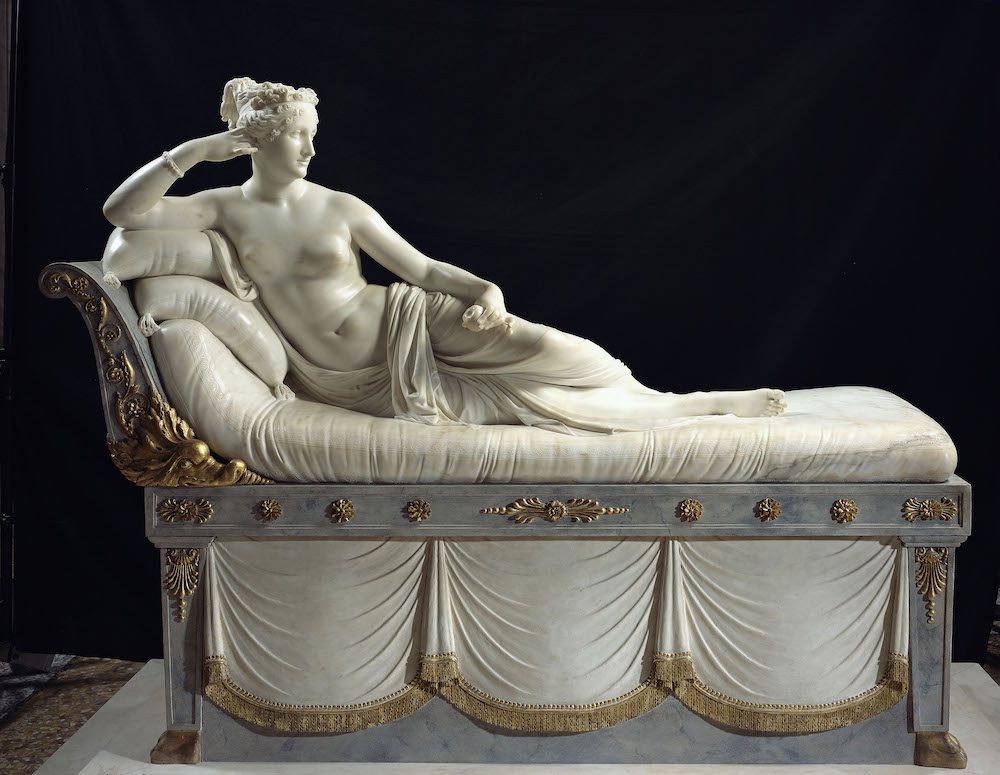
The statue was commissioned by Prince Camillo Borghese, second husband of Paolina Bonaparte, sister of Emperor Napoleon.
Canova chose to create a sculpture inspired by the mythological story of the judgment of Paris, the young man who was called upon to choose whether to give the golden apple with the inscription “to the most beautiful” to the goddesses Hera, Athena or Aphrodite.
Paolina Borghese was thus portrayed as Venus, with the apple of victory in her left hand.
One of the most fascinating and empathic works of Canova is without doubt Cupid and Psyche, commissioned by Colonel John Campbell.
The search for balance is a complex endeavor due to the divergent pose of the two figures: they are joined harmoniously through the intersection of the diagonals formed by a wing and leg of Cupid, and by the wing and the body of Psyche.Cupid and Psyche is housed in the Louvre Museum, and today we can also admire it at 360 degrees thanks to the 3D model below – available thanks to the agreements between Scala and RMN (Reunion des Musees Nationaux).
The marble group called the Three Graces is another among the most famous works by Canova.
This group was realized between 1812 and 1817 and represents the three famous goddesses of Greek mythology. Two versions exist, the first is kept at the Hermitage Museum in Saint Petersburg, while a later replica is on display at the Victoria and Albert Museum in London.
To get a closer look at this wonderful masterpiece you can browse through this gallery of images with unique details of the sculptural work which is exhibited at the Victoria and Albert Museum in London. Details that can be reproduced even in very large dimensions without losing in sharpmess, thanks to the quality of the SCALA images.
Antonio Canova was also a skilled painter but his exceptional results as a sculptor were such that the sculptures overshadowed the rest of his oeuvre. Here are some examples of the unfortunately less known works:

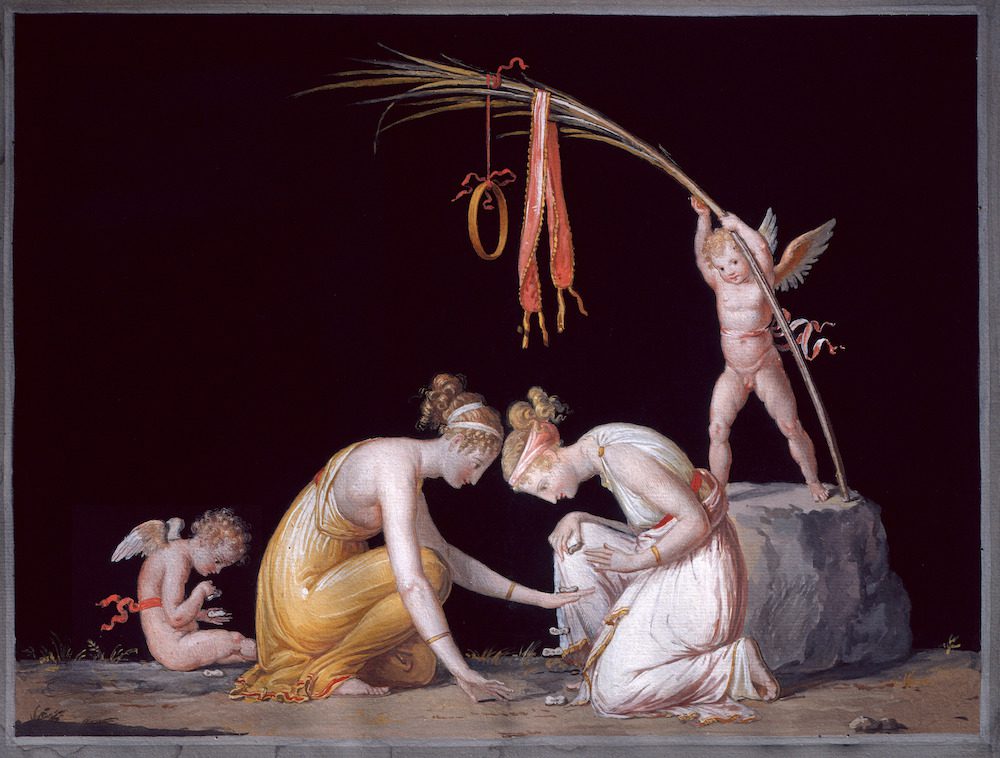
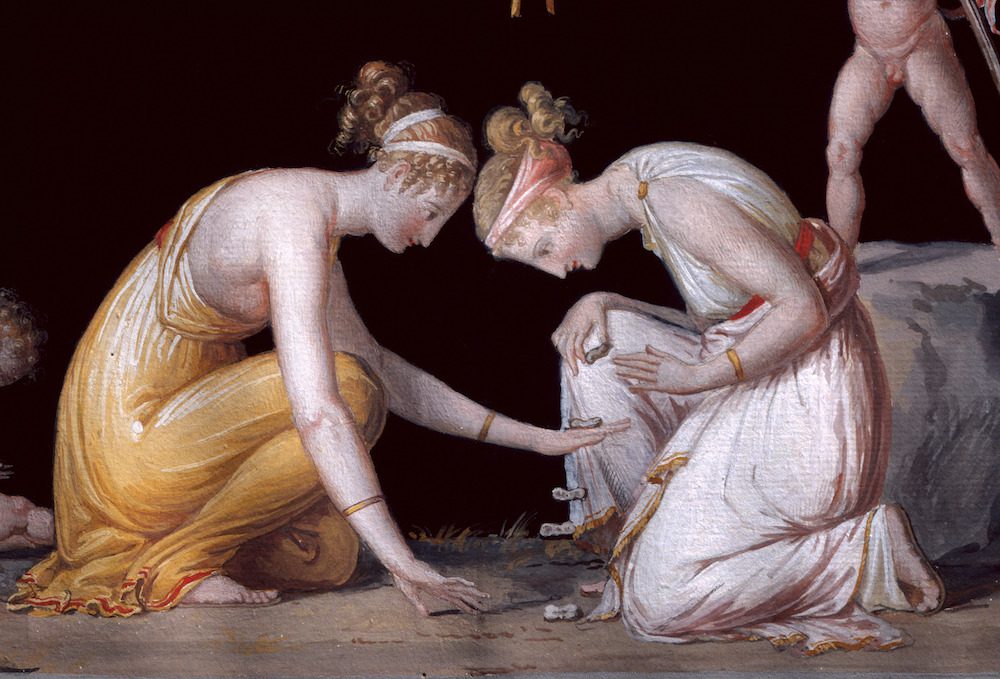
Browse our gallery to discover a wider selection of Antonio Canova’s paintings.
If you are interested in other images related to works by Antonio Canova that you cannot find in our online archive, contact us. Not all images are visible online, and we will be glad to carry out personalized searches and present you with additional options.